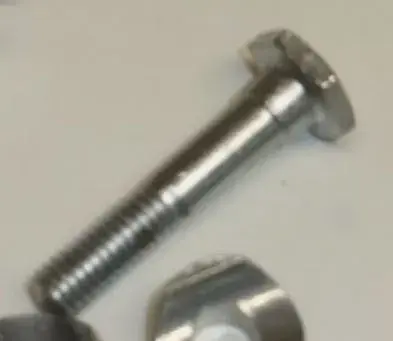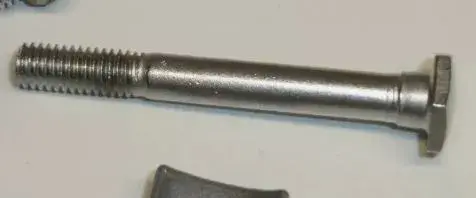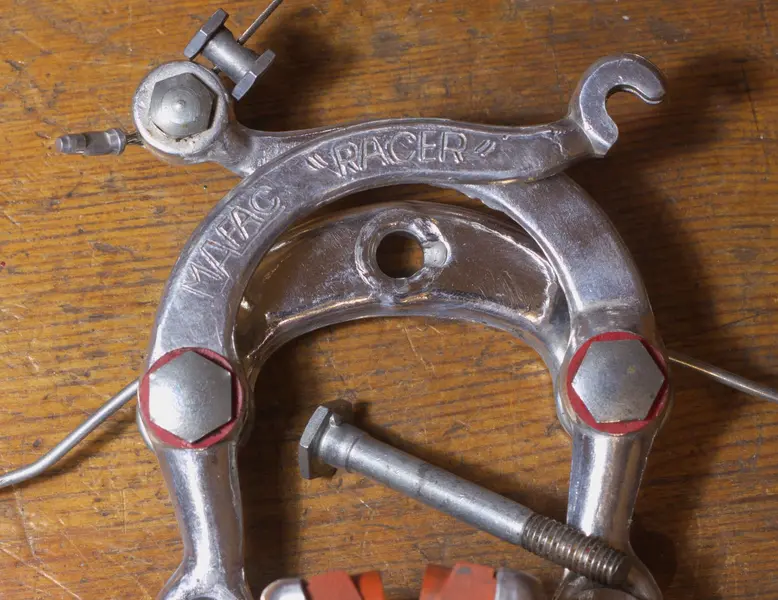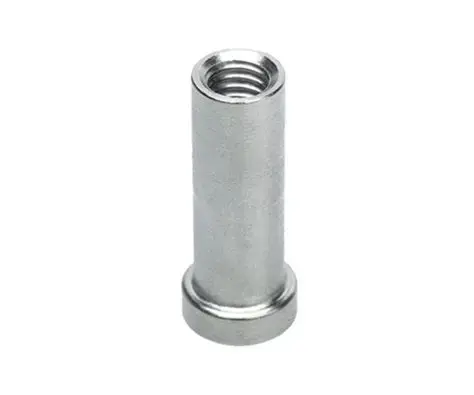klunkrider
Retro Guru
Anyone replaced the centre bolts on their Mafac Racers with something a bit longer?
I think you have to remove some material from the head of a bolt if it's not an actual Mafac one but I can do this easily enough, just wonder if there's anything else to look out for?
I think the original bolts are somewhat of a press fit into the caliper so they don't turn as you tighten the nut? Might be hard to replicate but I could build up the diameter just behind the head with some silver solder or brass and I have access to a lathe so can turn it all down to size.
I think you have to remove some material from the head of a bolt if it's not an actual Mafac one but I can do this easily enough, just wonder if there's anything else to look out for?
I think the original bolts are somewhat of a press fit into the caliper so they don't turn as you tighten the nut? Might be hard to replicate but I could build up the diameter just behind the head with some silver solder or brass and I have access to a lathe so can turn it all down to size.



